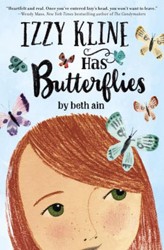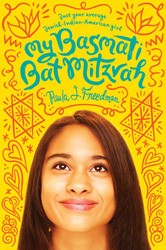By
– February 13, 2012
How and when do you introduce the Holocaust to a young child? Can you tell a story about the Holocaust without ever mentioning the word “Jew”? This book, with its lovely watercolor pictures of Venice and subdued brown and gray paintings showing scenes in the camps, skillfully addresses these questions. The story is told through Paolo, who is currently a famous violinist. Paolo shares his story by means of flashbacks, which are revealed while a young journalist is interviewing him. He remembers how his father was the most renowned barber in Venice. Each haircut was an interlude where his father “…would conduct the music of his scissors with his comb.” Although Paolo knows his father had been a violinist, his father never plays the instrument and he will not answer his son’s questions regarding it. Finally, the boy’s mother shows him the violin that she has hidden away on the condition that Paolo stop asking his unremitting questions. Subsequently, one summer evening, Paolo hears the sound of a violin and runs outside in his pajamas to listen. The violinist’s name is Benjamin and Paolo sits at the old man’s feet as he entertains the audience. They become friends and in the following weeks the child brings his father’s violin to Benjamin, who not only repairs it, but secretly teaches the boy how to play it. All the while, the relationship and the violin lessons are a secret — until Benjamin insists that Paolo reveals the nature of their relationship to his parents. The child is very upset because he feels his parents will be angry with him. What happens next is both an unexpected twist and a very satisfying and surprise ending. The author reveals each “secret” a little at a time until all the puzzle pieces are in place. The story is powerful but is presented in a way that will not frighten a young child. Paolo, the main character, is particularly well drawn, as is the background information about what it was like to survive in the camps. Ages 9 – 12.
Marge Kaplan is a retired English as a Second Language teacher. She is a consultant for the children’s literature group for the Roseville, MN school system and is a storyteller of Jewish tales.




